When you buy a new PC or laptop, this device will initially start up quickly. However, over time you will notice that the laptop or PC will start up considerably slower.
The more often you use the device and the more applications (software) that are installed, the slower Windows will start. However, there are several circumstances why Windows will start slower.
The most obvious problem is the number of applications that are launched when Windows is starting up. Most applications are started hidden to ensure that when you need them later, these applications will start quickly.
These applications can be installed by the user or by the manufacturer. This includes applications to adjust your screen settings or to... webcam to configure. These types of applications are often installed in Windows by the manufacturer. However, these applications are rarely used by the standard computer user and can significantly slow down Windows startup.
The number of applications installed may not be the only problem with slow Windows startup. You may need to defrag your hard drive, clean it up, or run a virus scan because it launches malware. There are several reasons for a slow booting Windows machine. In this instruction, we offer you several tips to boot Windows faster.
Start Windows faster (several tips)
Windows performance troubleshooter
The first thing we recommend you try is running the Windows Performance Troubleshooter. Windows includes a number of troubleshooters designed to quickly diagnose and automatically fix various computer problems. Troubleshooters can't solve all problems, but they are a good place to start if you encounter a problem with your computer, operating system, or connected devices.
The performance troubleshooter checks for problems that can slow down your computer's performance. To run this troubleshooter, open the Run dialog box by right-clicking on the Start menu and selecting “run” from the menu.
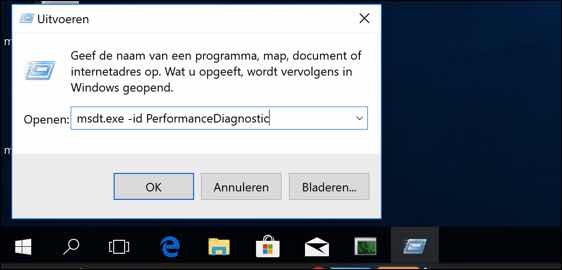
In the run window type: msdt.exe -id PerformanceDiagnostic
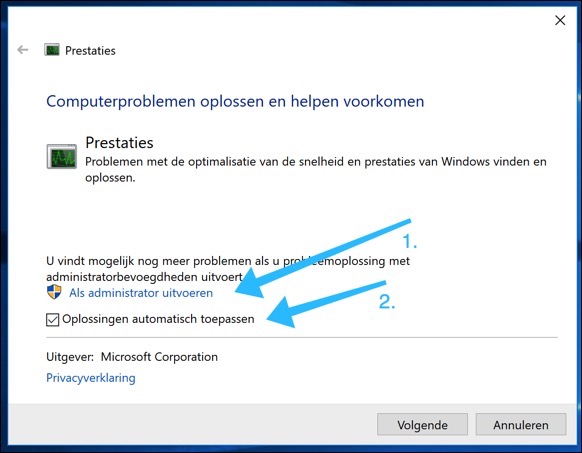
The Windows Troubleshooter is now open, first click on “Run as Administrator (1.)” and, if the check box is not yet activated, check “Repair solutions automatically”.
Click Next to search for issues and fix them automatically.
Disable programs & services that start with Windows
It is possible that a number of programs are running when Windows starts. Many programs are designed to start automatically when the operating system starts, and it is advisable to check the programs regularly to see if you are still using them. If you do not use them or do not even recognize them, it may be useful to disable these programs when Windows starts. These programs may slow down the Windows startup process.
We will check these startup applications with msconfig. To run msconfig, open the Run dialog box by right-clicking on the Start menu and selecting “run” from the menu.
In the run window type: msconfig

The msconfig window will now open, click on the Services tab. Check “Hide all Microsoft services”. NB: It is important that you know what you are doing. You can now choose to disable each Service separately by unchecking the Service, or choose “Disable all”.
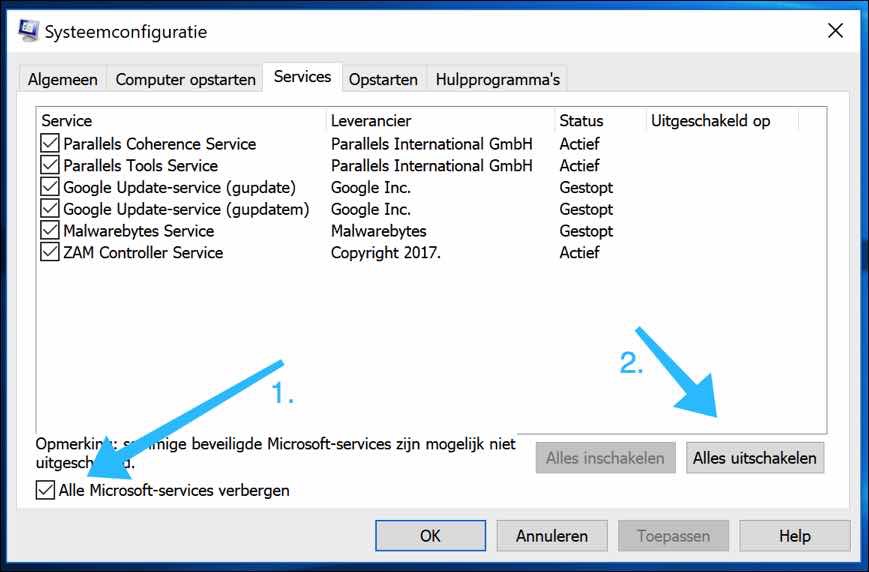
Now open the Startup tab and select “task management to open".
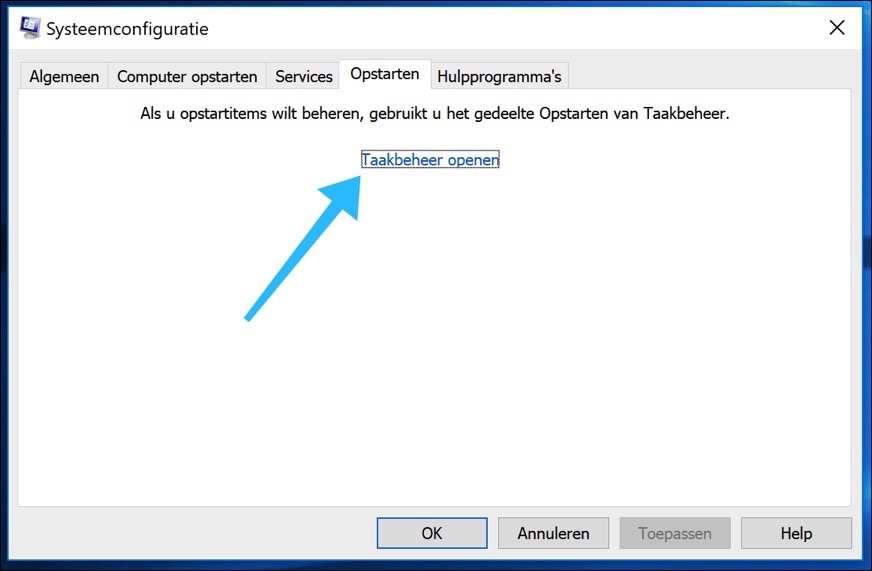
Click on the “Startup” tab in the Windows Task Manager. Here you will see applications that Windows starts when Windows starts. Using the “Influence on startup” tab, you can estimate whether the application slows down the system or not.
However, this is not accurate. We recommend that you disable applications that you do not recognize or do not use using the Disable button at the bottom right.
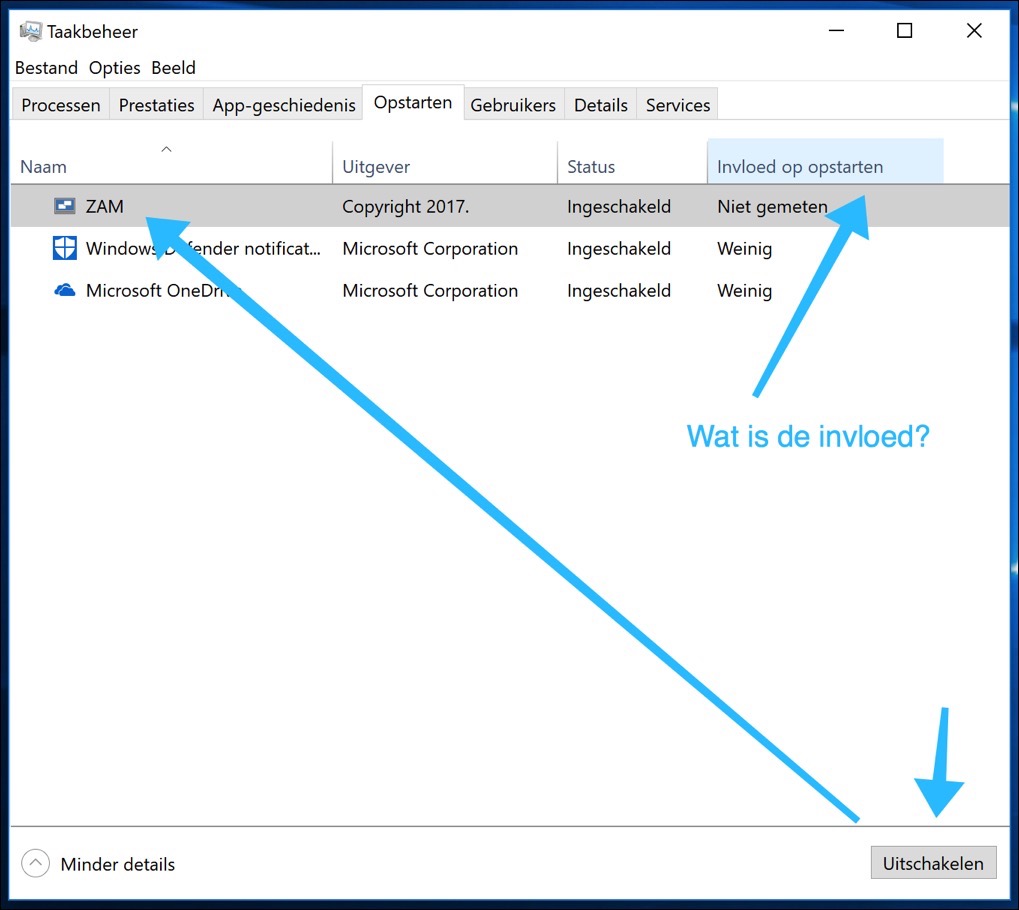
Once you have disabled the applications you wanted, you can restart your computer to assess the effect. Windows will boot faster after disabling unknown or unwanted software during Windows startup.
Uninstall software you don't use
It is always good to check your PC or Laptop again for software that you no longer use. All software leaves settings and configurations that can ultimately slow down your system, especially at startup. It is therefore advisable to remove software that you no longer use.
Open the Run dialog box by right-clicking on the Start menu and selecting “Run” from the menu.
In the run window type: appwiz.cpl
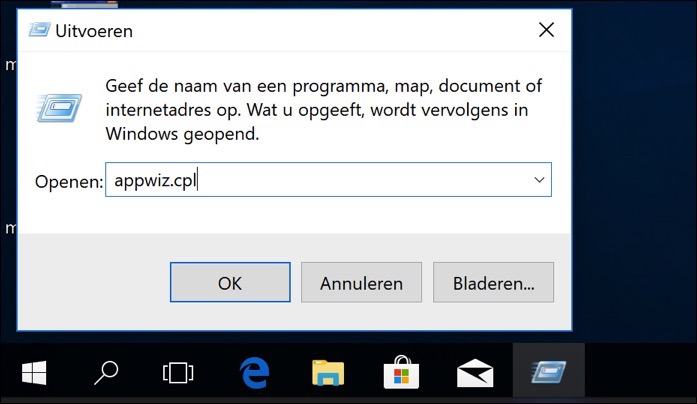
In the Programs and Features list, look for software that you no longer use or even do not recognize at all. Cleaning up software can significantly speed up Windows startup. Most people install a lot of software, but remove very little. This behavior leads to a slow Windows system, especially at startup. Be critical and remove what you no longer need.
Select the software from the list and choose Uninstall to start the uninstall process of that software.
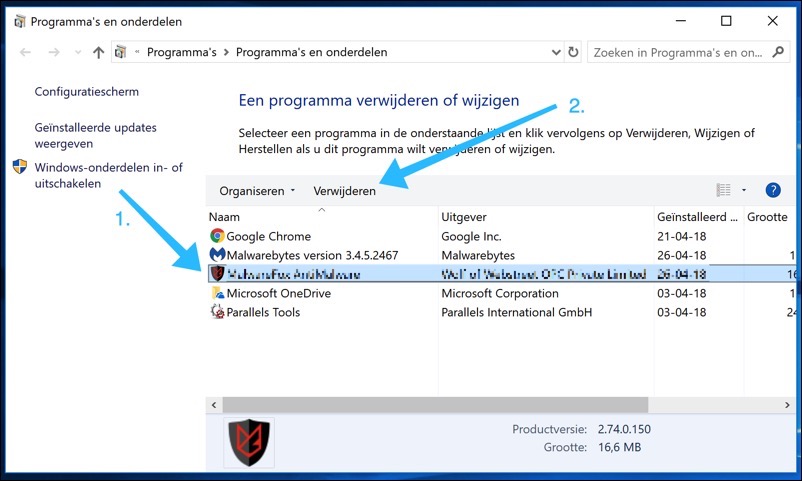
Disable visual effects
Another thing you could try is disabling some of the visual effects in Windows 10. It may improve computer performance, but your Windows appearance will be no less beautiful. You will have to decide whether you want Windows to boot faster or whether you want Windows to be beautiful. You choose which visual effects to keep and which visual effects to turn off. To adjust the visual effects, type “advanced system settings” into Windows Search bar and click on the “advanced system settings” result to open it.
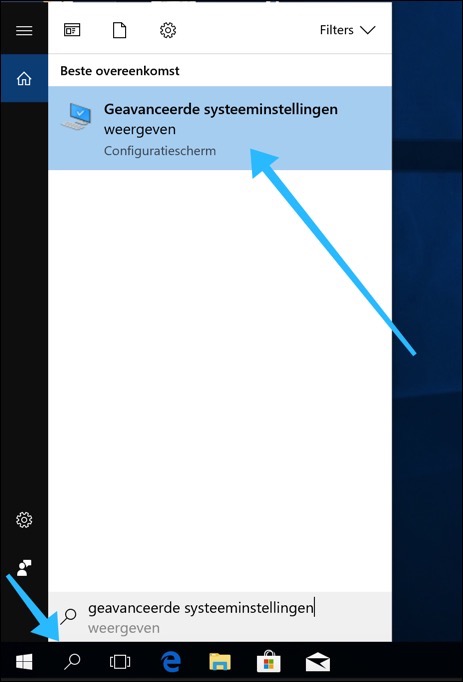
Click on the Advanced tab and under “Performance – Visual effects” on Settings.
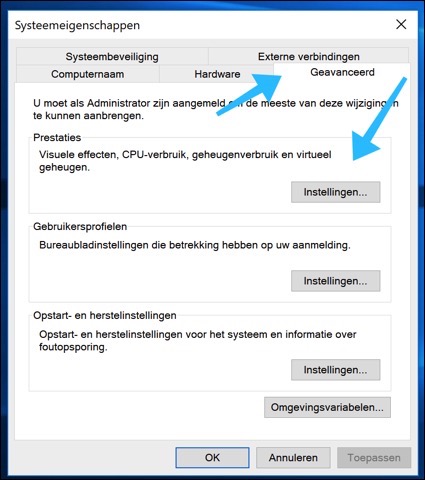
In the Performance tab you can choose “Auto select”, “Best display”, “Best Performance” or “Custom. If you choose custom, first choose “Best display” and then “custom”. You can then choose per option whether you want to enable or disable it.
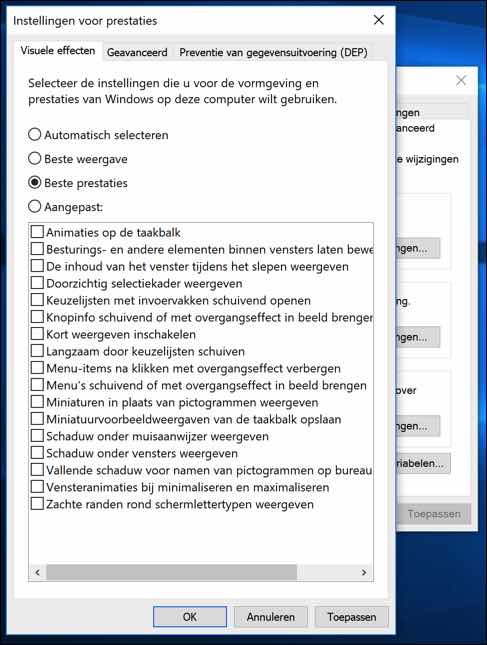
Run System File Checker (SFC).
System File Checker (SFC) is a utility in Windows that allows users to scan for corruptions in Windows system files and restore damaged files. This guide describes how to run the System File Checker utility (SFC.exe) to scan the system files and repair missing or damaged system files (including .DLL files).
If a WRP (Windows Resource Protection) file is missing or damaged, Windows may not work as expected.
For example, some Windows functions may not work or Windows may crash. The “sfc /scannow” option is one of several specific switches available in the SFC command, the command prompt used to run System File Checker.
You need an elevated command prompt “Administrator” rights to start SFC scan. Go to search in Windows, type: cmd and right click on “Command Prompt” then select “Run as Administrator".
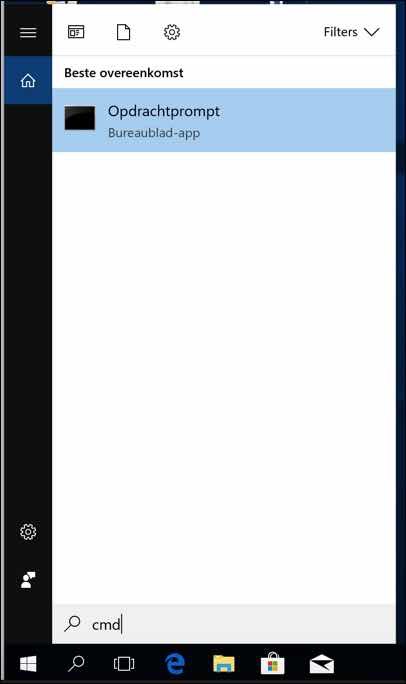
Now type the “sfc /scannow” command and press ENTER. System File Checker will start and it will take some time to complete the scan, 15 minutes. Wait for the scanning process to complete and restart your computer. Continue with the next method.

Run Windows Disk Cleanup
Junk or temporary files can often lead to various problems with Windows 10. The easiest and fastest way to delete temporary files and folders from Windows is to use Disk Cleanup.
Disk Cleanup is used to reduce the number of unnecessary files on drives, which can help the PC run and boot faster. It can delete temporary and system files, empty the Recycle Bin, and delete a host of other items that you no longer need. These junk files can affect computer speed, causing apps to respond slowly or even prevent them from starting. To run Disk Cleanup, type “Disk Cleanup” in the search box and click on the “Disk Cleanup” result.
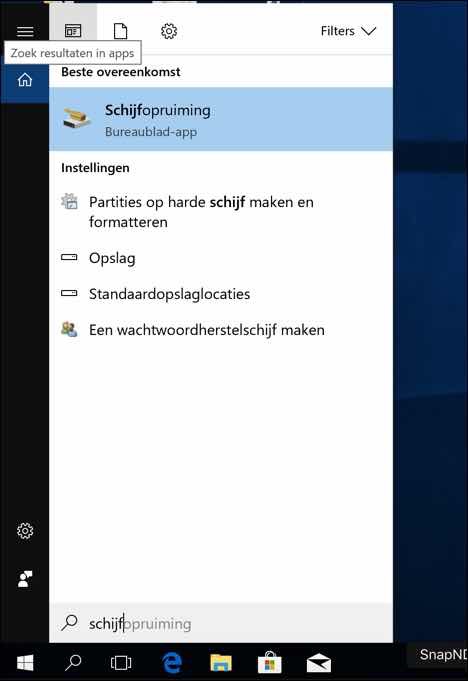
Choose the files you want to delete (this utility also shows the amount of space you can free up by deleting certain files and folders) and click “Clean up system files”. However, this requires Administrator rights.
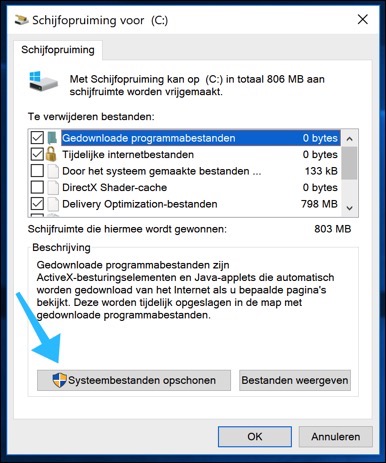
Cleaning the Windows registry
The Windows registry is a complex and important operating system component. Over time, unnecessary and outdated settings can lead to a slowed down system. For example, when you uninstall a program it may not be completely uninstalled and it may leave some settings behind in it Windows registry. We recommend that you clean your registry using CCleaner.
CCleaner is a small, effective utility for computers running Microsoft Windows. It removes old settings, apps, and issues that accumulate over time: temporary files, broken shortcuts, and other issues. Download CCleaner here.
Once you have downloaded CCleaner, install CCleaner and open it. Select “Registry” in the left window and click “Scan for issues”. It will find, or clean up, various registry issues on your computer. To repair the registry, click on “Fix selected issues… “.
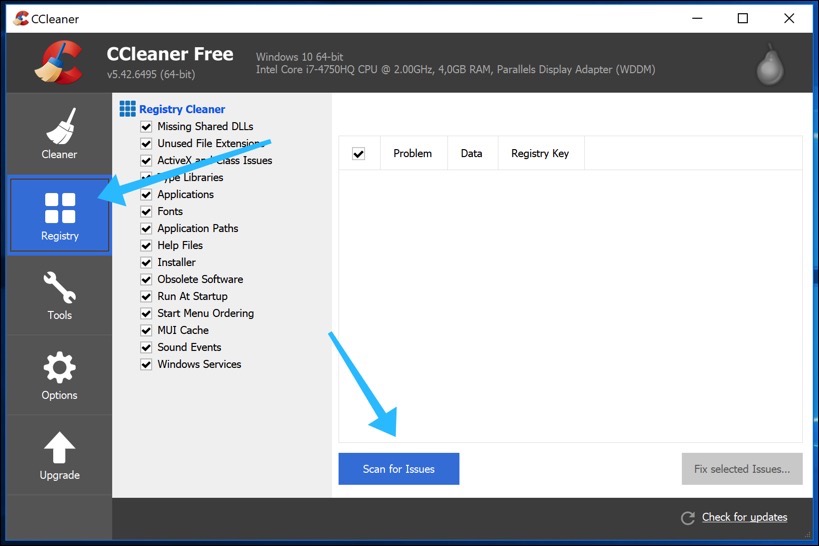
If you click on Tools on the left you can disable startup programs. In the Tools tab, click Startup to display a list of applications that start with Windows. Select the application from the list and click Disable or Remove to no longer start the application with Windows.
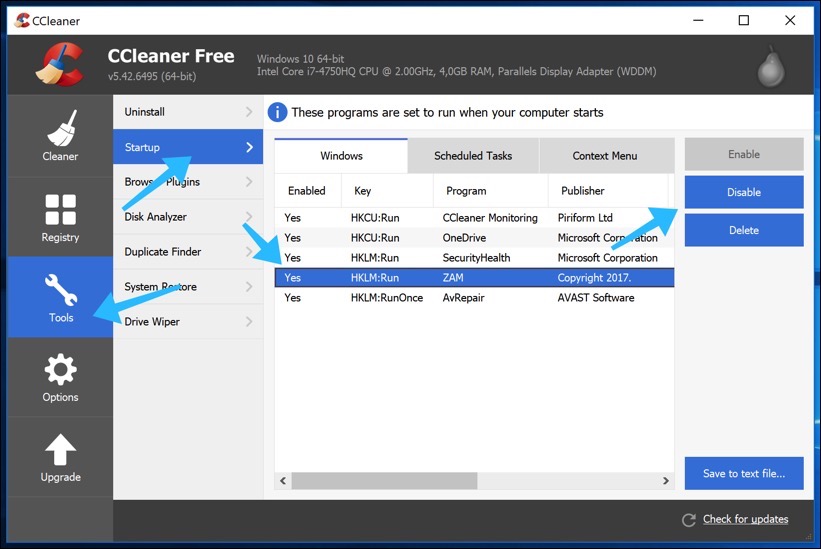
Run malware scan
Malware can significantly slow down Windows startup. There are many forms of “malware”, for example an unwanted toolbar is also considered malware and can also significantly slow down the startup process. Potentially Unwanted Programs (PUPs) also slow down Windows during startup because they start scanning the system as soon as Windows starts. It is good to check your system for malware to ensure that malware is not slowing down Windows. Malware is free to detect and remove malware.
Download Malwarebytes (direct download)
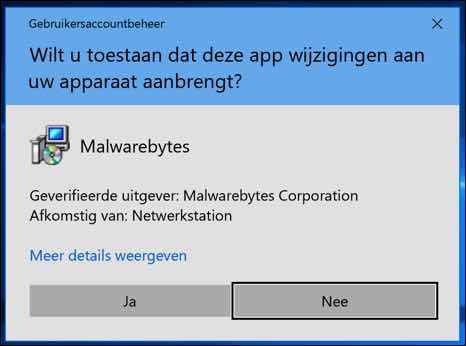
Click Yes to Malwarebytes allow changes to be made to your system. In Windows 7 you will not get this message, only Windows 10.
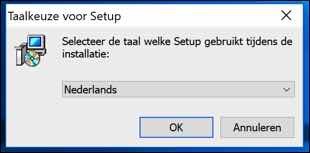
Select your language, and click OK
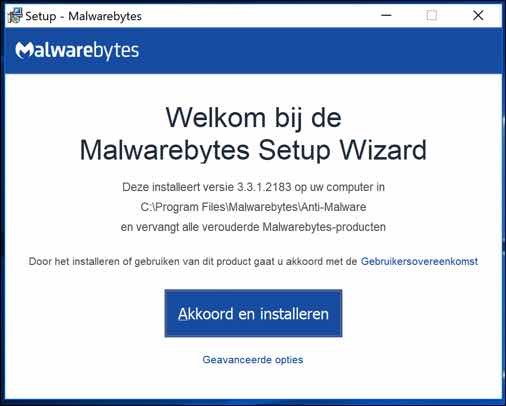
Click Agree and Install Malwarebytes
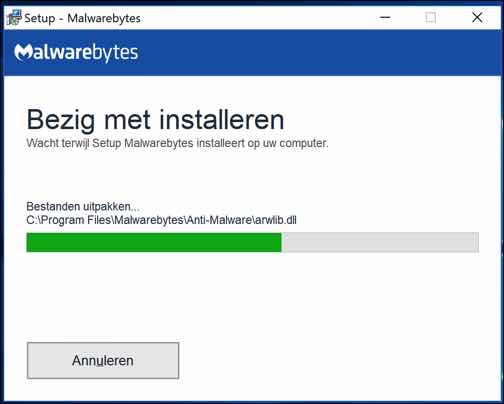
Malwarebytes is installing, which will take 1 minute or less.
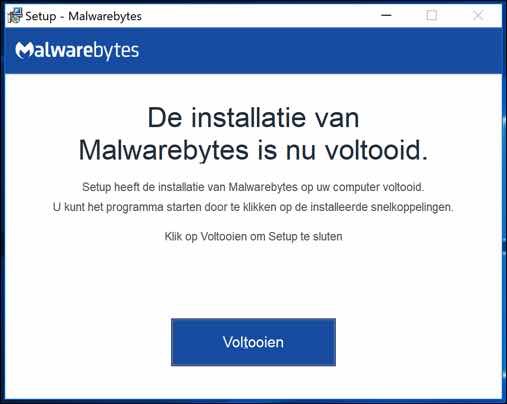
Click Finish to continue with Malwarebytes
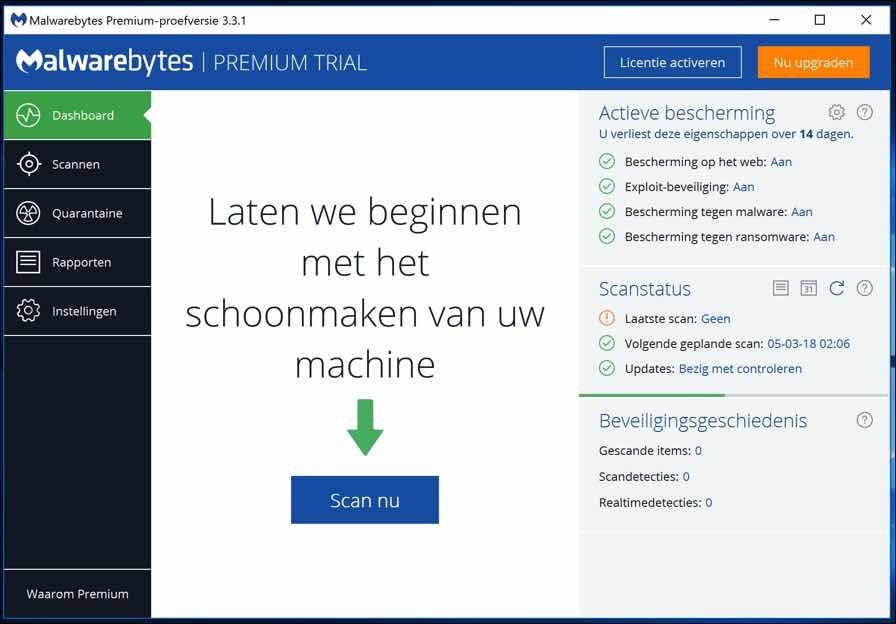
Malwarebytes has now started and will automatically check for the latest virus updates, click Scan now to start the virus scan.
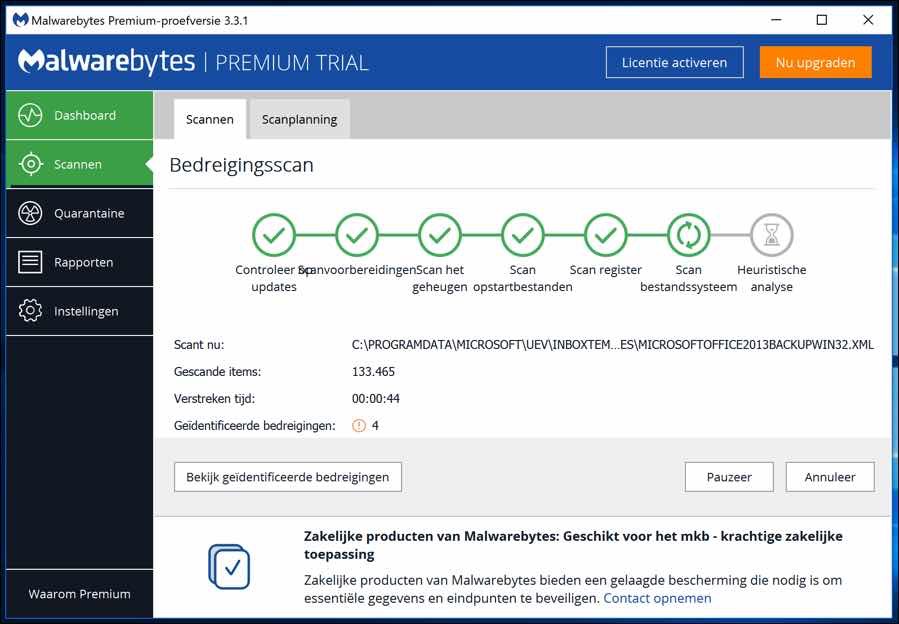
Malwarebytes is now checking the computer for all kinds of malware, adware, viruses, trojans and spyware and ransomware.
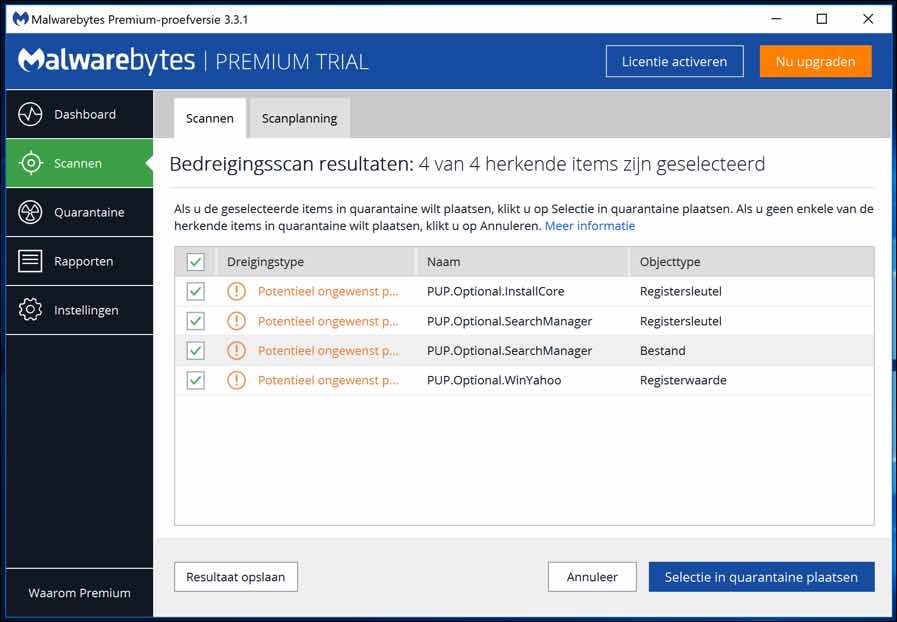
After scanning, click on Quarantine Selection.
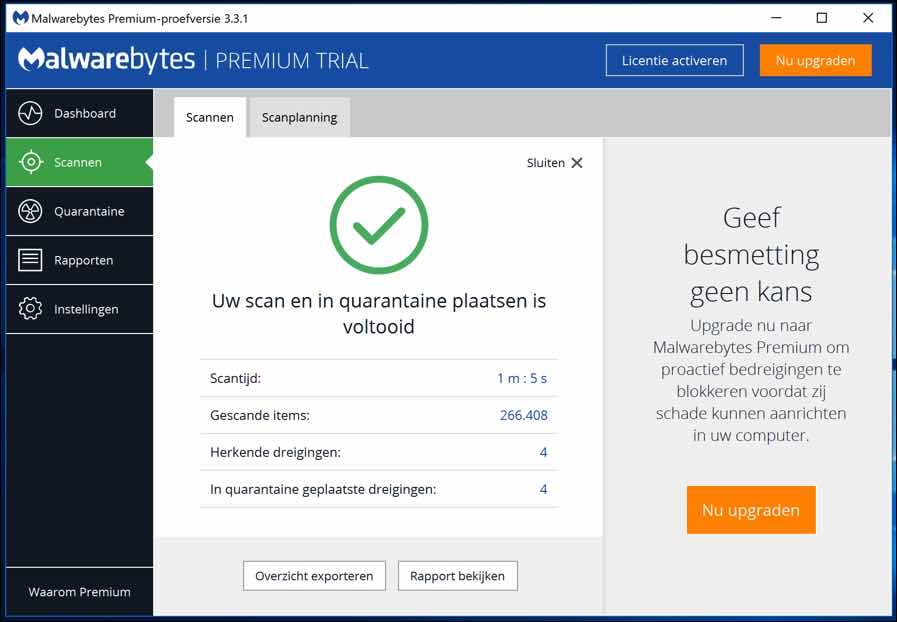
Malwarebytes has now quarantined the found malware and the malware or viruses no longer pose a threat to your PC. Restart your PC to see if Windows boots up faster now.
